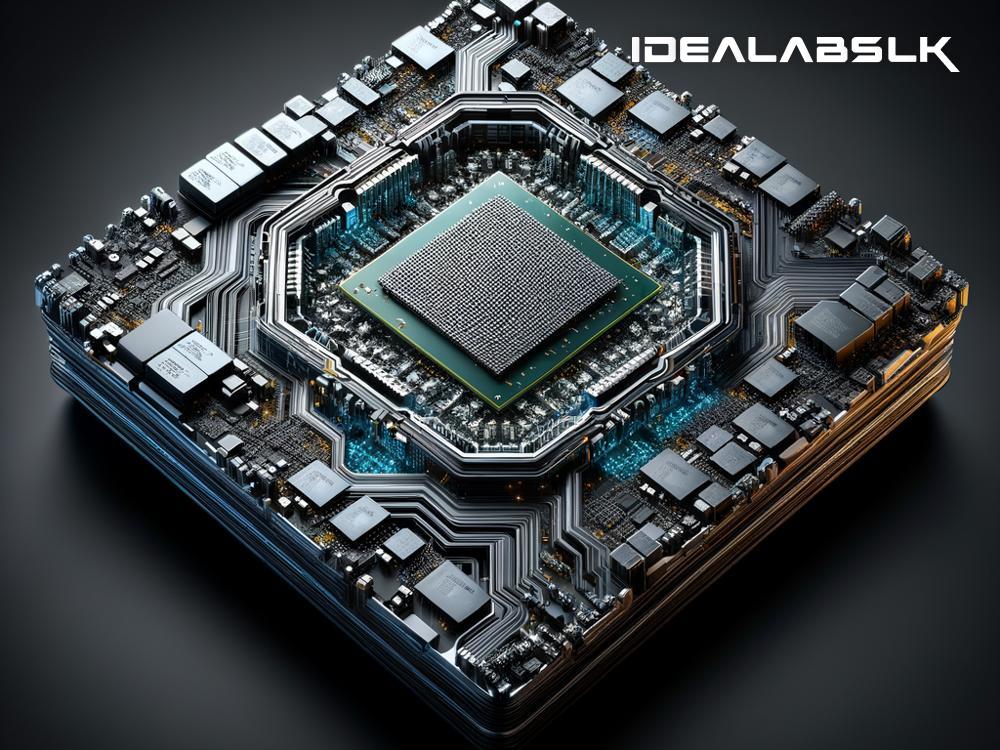Choosing the Right Processor for Machine Learning Tasks
In the fascinating world of machine learning, the choice of processor you make can have a big impact on your projects. Think of processors as the brain of your computer, tackling complex tasks and making sense of vast amounts of data. With machine learning becoming more accessible and widespread, understanding how to select the right processor for your needs is crucial. This is particularly true for tasks that demand substantial computing power to process data and learn from it effectively.
Why the Processor Matters in Machine Learning
Machine learning involves training models on large datasets to make predictions or decisions without being explicitly programmed to perform the task. This process is computationally intensive, requiring a processor capable of handling multiple tasks swiftly and efficiently. A good processor can significantly reduce the time it takes to train models, making your machine learning projects more feasible and less time-consuming.
Types of Processors
Before diving into which processor to choose, let’s understand the main types of processors used in machine learning:
-
CPU (Central Processing Unit): The general-purpose brain of your computer, capable of performing a wide range of tasks. CPUs are versatile and essential for the overall functioning of your computer, but they may not always be the fastest option for machine learning tasks.
-
GPU (Graphics Processing Unit): Initially designed for rendering graphics, GPUs have become popular in the machine learning world for their ability to perform parallel operations. This means they can handle thousands of tasks simultaneously, making them particularly well-suited for the heavy computations required in training machine learning models.
-
TPU (Tensor Processing Unit): Developed specifically for machine learning tasks by Google, TPUs are designed to accelerate machine learning workloads. They are especially good at handling tasks that involve neural networks, a type of machine learning model.
Considerations for Choosing the Right Processor
Choosing the best processor for your machine learning project depends on several factors:
-
Project Complexity: The more complex your machine learning model, the more computing power you'll need. For simple projects, a powerful CPU might suffice, but for deep learning tasks that involve neural networks, a GPU or TPU is likely a better choice.
-
Dataset Size: Large datasets require more memory and processing power to handle. GPUs and TPUs, with their high parallel processing capabilities, are often better suited for processing large amounts of data quickly.
-
Budget: High-end GPUs and TPUs can be expensive. If you're just starting out or working on less complex projects, investing in a high-performance CPU could be a more cost-effective choice.
-
Flexibility: If your machine learning tasks vary widely or you also need your setup for other computing tasks, a CPU might offer the versatile solution you need. GPUs and TPUs, while faster for machine learning tasks, are more specialized.
Recommendations
For beginners or those working on small to medium-sized projects, starting with a powerful CPU might be the best approach. It offers a balance of flexibility and power, allowing you to explore various aspects of machine learning without a huge initial investment.
As you dive deeper into machine learning, particularly into areas like deep learning and neural networks, investing in a GPU becomes almost essential. The parallel processing capabilities of a GPU can drastically reduce model training times, making your workflow significantly more efficient.
High-end projects or research may benefit from the specialized power of a TPU, especially for tasks involving complex neural networks and enormous datasets. However, TPUs may not be as accessible or cost-effective for everyone.
Final Thoughts
The world of machine learning is diverse, and there's no one-size-fits-all answer to choosing the right processor. Start by evaluating your specific needs, considering the complexity of your projects, the size of your datasets, and your budget.
For most enthusiasts and hobbyists, beginning with a decent CPU and then moving on to a GPU as you delve into more complex projects is a sensible path. This approach allows you to gradually scale your computational resources as your skills and needs grow.
Remember, the processor is just one piece of the puzzle. A successful machine learning project also depends on the right algorithms, data quality, and your expertise in modeling and analysis. Choose wisely, and happy computing!

